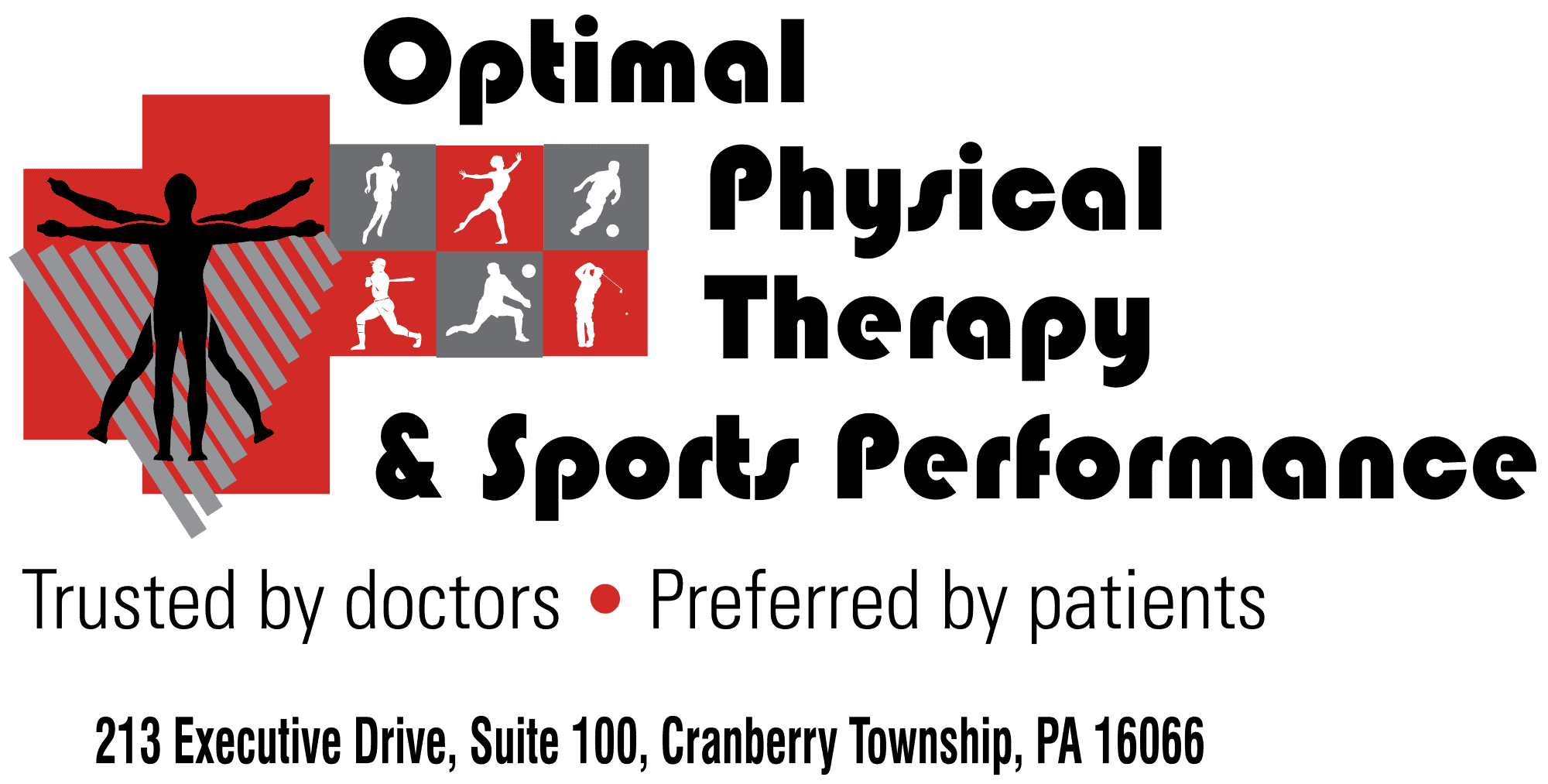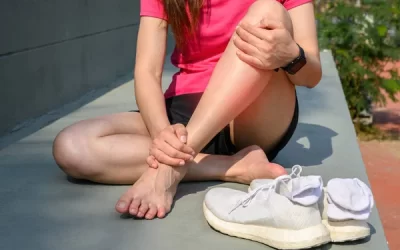Bones serve our bodies in two ways:
- Bone serves a structural function in giving us a mobile skeleton which enables us to move and also protects and supports vital parts of our body.
- Bones also act as a reservoir by acting as a storehouse for essential minerals that our bodies need.
Your bone is constantly changing, remodeling itself. It is a very dynamic and important tissue. Bone is always in a combination of 2 competing processes: forming new bone (bone formation) and breaking down bone (bone resorption). At different times in our lifespan, formation will dominate the process but at a certain point, resorption will outpace the formation processes and our bone density will reduce. How well we take care of our bodies during those strong formation years will impact us later when resorption will dominate.
There are several things that can be done to help our bones lay down the strongest foundation possible but we have to grab the main window of opportunity for this biological timetable which is the first three decades of life with a strong focus on the adolescent years. By the time we reach 30 years of age, the resorption processes begin to have the upper hand. There is growing concern over the health of bone in American culture. Most people have heard of osteoporosis and the impact this has on primarily older persons.
Osteoporosis shows itself later in life but its start actually lies in young adulthood. The more bone mass that we possess as a young adult provides us a safety net for higher bone mass to be sustained later in life and lessens the risk for fractures. Peak bone mass density (BMD) may be the single most important factor in the development of osteoporosis and the time to build peak BMD is before age 25!!!!
Children build bones by getting good nutrition as well as being physically active. American children are not getting the critical elements needed for healthy bone growth. For example, only 4 out of 10 boys and 2 out of 10 girls (ages 12-19) consume the RDA of calcium (1300 mg/day). Only 19% of all high school students are physically active for 20 minutes a day. 61.5% of students (ages 9-13) do not participate in any organized physical activity during non school hours and 22.6% do not engage in any free time physical activity. Nutritional habits of adolescents also may include excessive intake of phosphorus in sources like colas/sodas and phosphorus promotes bone resorption not formation. Puberty and adolescence marks a biological timetable of rapid skeletal growth (bones get longer as children gain height and then bones mineralize/ fill-in with strength which marks the density of the bone). Peak length happens first and peak density follows until around age 25-30 with a great majority of these processes happening early (12-20 year range).



